Jim held a gray spheroid up to the light. “So Doc, you’re saying the sex of this alien was actually female?”
“That is perhaps an overstatement. This is clearly an egg we retrieved from the deceased Sharalla pilot. While this may indicate a female of the species, their biology is unlike anything we’ve encountered. For all we know, the males carry the fertilized eggs, as in some of Earth’s aquatic wildlife.”
Jim lowered the egg, which had the size, heft, and texture of a softball. “You’re not saying this thing is fertilized are you?”
The doctor shook his head. “Our scientific team has concluded it most certainly is not. We wouldn’t let you handle it otherwise.”
The little rock wiggled itself in Jim’s hand, producing a breathless stare from Doctor Stein.
“Ahh,” Jim sighed in mock contentment, “ the certainty of science.”
What better way to spend the day before Valentine’s than talking about alien sex and reproduction? Seriously though, the method of reproduction in an alien species dictates much of its culture, so it bears at least some consideration in your storyworld.
Assuming your creatures have some form of sex to reproduce (and don’t just materialize or breed asexually), you’ll need to figure out how they do it. Generally, it will involve some form of fertilization, the method in which sex cells, containing half the genetic composition of each parent, unite to form a new, unique member of the species. This is broadly separated into two categories: external fertilization and internal fertilization.
External Fertilization
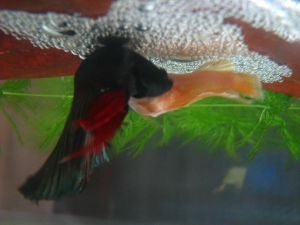 External fertilization is a form of sex that is mostly reserved to earth’s fish. While from our view, this seems impersonal, it doesn’t have to be. Granted, there doesn’t seem to be much intimacy between two fish, but there is sometimes a loyalty to the young. The male Siamese Fighting Fish will tirelessly guard over its eggs, ensuring they remain in a nest of bubbles until they hatch. Male seahorses will care for their fertilized eggs in a special pouch. Cichlids are fish that keep their eggs in their mouths, and continued to do so until they’ve not only hatched, but are old enough to fend for themselves.
External fertilization is a form of sex that is mostly reserved to earth’s fish. While from our view, this seems impersonal, it doesn’t have to be. Granted, there doesn’t seem to be much intimacy between two fish, but there is sometimes a loyalty to the young. The male Siamese Fighting Fish will tirelessly guard over its eggs, ensuring they remain in a nest of bubbles until they hatch. Male seahorses will care for their fertilized eggs in a special pouch. Cichlids are fish that keep their eggs in their mouths, and continued to do so until they’ve not only hatched, but are old enough to fend for themselves.
If you introduce a sentient (and somewhat relatable) alien species with external fertilization, it would probably be best to model it after one of these more maternal or paternal species on earth. That is, unless you’re trying to create a heartless society of extraterrestrials. In that case, spawning massive numbers of progeny at random might fit better.
Internal Fertilization
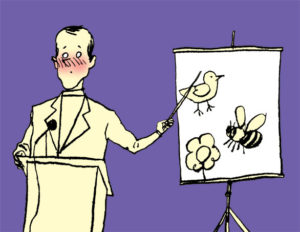 This is the section that might get me fired from my position at A3. I’m kidding, I’m kidding – you can’t fire someone who works for free … I think. Anyway, internal fertilization is when male sex cells enter the female’s body and find the female sex cell(s). They combine and form a new life, starting as a zygote and eventually either hatching into the world, or emerging via the birth canal.
This is the section that might get me fired from my position at A3. I’m kidding, I’m kidding – you can’t fire someone who works for free … I think. Anyway, internal fertilization is when male sex cells enter the female’s body and find the female sex cell(s). They combine and form a new life, starting as a zygote and eventually either hatching into the world, or emerging via the birth canal.
Which brings up the next distinction, whether or not the animal lays an egg or cares for the embryo in an internal placenta. Some examples of egg-laying creatures on earth are reptiles and birds. If your alien species lays an egg, you’ll have to decide the level of involvement you want the parents to have in guarding that egg. Some birds like the hornbill are very protective of their eggs. So much so that the female blocks herself off in a tree hole and entirely depends on her mate to bring her food. Others, like sea turtles, bury their eggs in the sand and then leave, hoping for the best (there may be a reason they’re so endangered). Rattlesnakes are odd egg layers though, since they don’t really lay eggs, but keep the eggs internally until they hatch. While that may sound like a live birth, the eggs are still self-sustaining, meaning no nutrients pass from mother to child.
And that’s actually one of the distinguishing features of sex and reproduction in a mammal – the placenta. When a mammal baby develops in the womb, it receives nutrients from its mother until ready for birth. Even then, female mammals provide milk for their young with their mammary glands (breasts in humans, udders in cows and pigs, etc.).
Sex Between Species
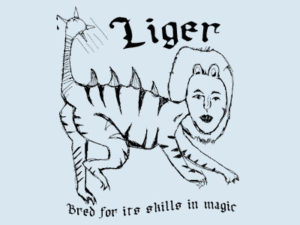 While forbidden in Leviticus 19, sex between two different species occasionally produces a hybrid creature. Probably most well known is the mule, a cross between a donkey and a horse. Additionally, ligers are crosses between tigers and lions, and according to liger scholar and artist Napoleon Dynamite, they’re bred for their skills in magic. There are a lot of different hybrids out there, including zonkeys , dzos, and other strange creatures. Usually the two parents need a similar number of chromosomes, and even then the result is typically a sterile creature. Sometimes though, intentionally breeding two species results in a very, very bad hybrid, such as the killer bee. Yes, thank science for producing a species of insect capable of killing thousands of humans and livestock … and then accidentally releasing them from quarantine -whoops.
While forbidden in Leviticus 19, sex between two different species occasionally produces a hybrid creature. Probably most well known is the mule, a cross between a donkey and a horse. Additionally, ligers are crosses between tigers and lions, and according to liger scholar and artist Napoleon Dynamite, they’re bred for their skills in magic. There are a lot of different hybrids out there, including zonkeys , dzos, and other strange creatures. Usually the two parents need a similar number of chromosomes, and even then the result is typically a sterile creature. Sometimes though, intentionally breeding two species results in a very, very bad hybrid, such as the killer bee. Yes, thank science for producing a species of insect capable of killing thousands of humans and livestock … and then accidentally releasing them from quarantine -whoops.
Sometimes in sci-fi and fantasy literature you’ll see a hybrid race. The most obvious that comes to my mind is the Half-Elf. Born of human and elven parentage, these half-races display characteristics of each. But in a sci-fi or fantasy world, you can’t assume that every alien species can intermingle with every other. In Michael A. Stackpole’s X-Wing series, one of his protagonists humorously recounts a bad memory of having sex with an alien. The two hadn’t considered the delicate pH balance in that… region. And as a result, both partners developed severe rashes and some other, ahem, unpleasant side effects.
Sex and Culture
As I said in my intro, sex (and marriage) is a huge factor that dictates how a culture operates. How do two individuals in a species find a mate? How do they produce offspring? How do they care for their offspring? Is there sexual deviancy and abuse? While these are all major questions that deserve an entire column this column has mostly addressed biology. Fear not though, I will address them in the future. So if this article interests you, be on the watch for my sex and worldbuilding article in the next few months.
There, I made it through an entire column dedicated to sex without once mentioning the words vagina or penis. Oh! Darn. Well, almost.
Next month we’ll continue our anatomy series and tackle the neuroendocrine system! Yeah, that’s basically just a fancy word for evaluating how an alien thinks and feels.
Photo Credits:
Birds and Bees Photo: http://www.evilenglish.net/the-birds-and-the-bees/
Siamese Fighting Fish Photo (Also great resource regarding these cool fish): http://dkphoto.photoshelter.com/gallery-image/Siamese-Fighting-Fish-Life-Cycle/G0000_kRdp2qXrtk/I0000qlzVaRnV4Qw/C0000NHUtq8T1jVw
Napoleon Dynamite Inspired Liger Drawing: https://www.flickr.com/photos/51035597721@N01/5266903

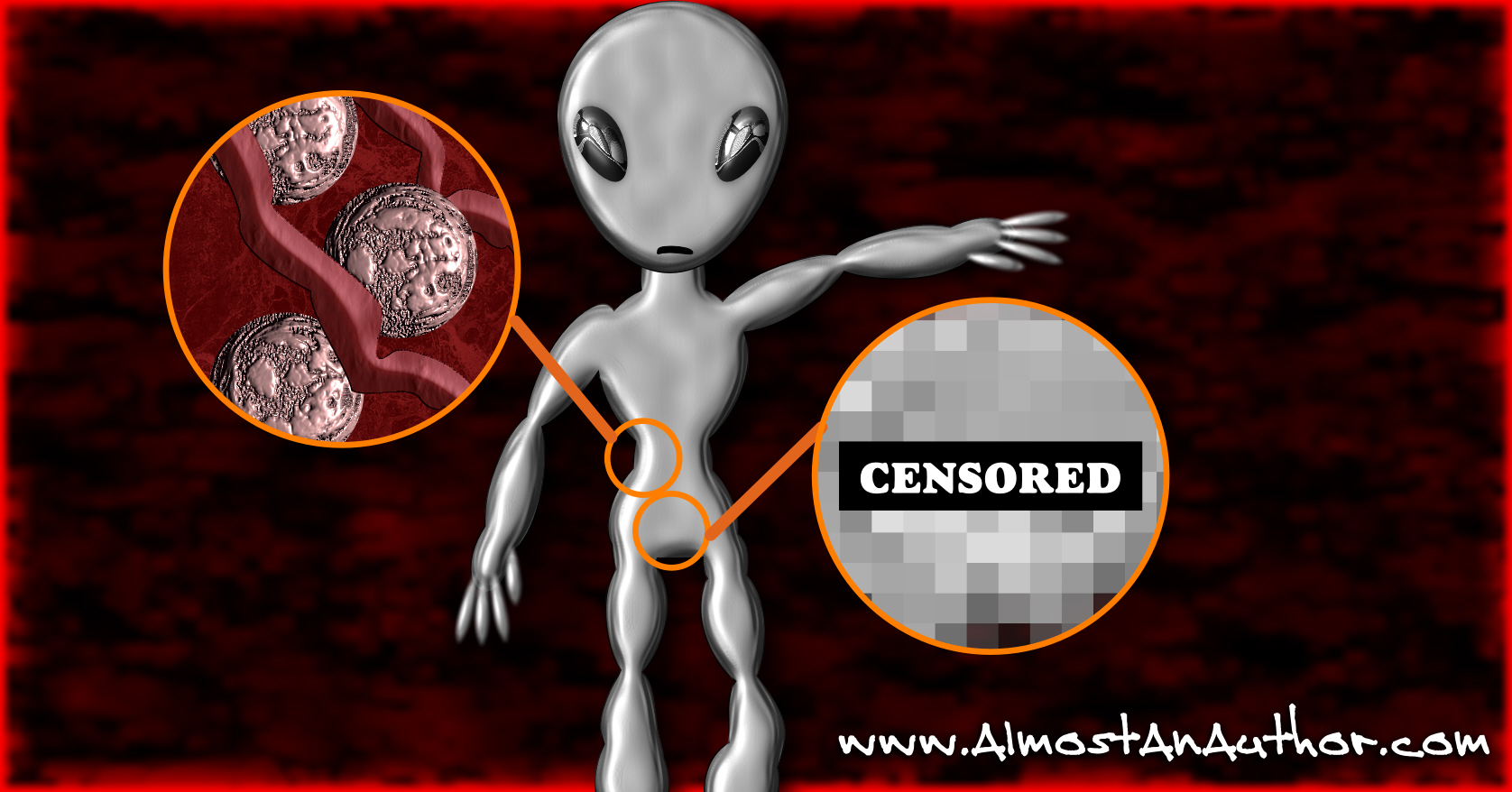

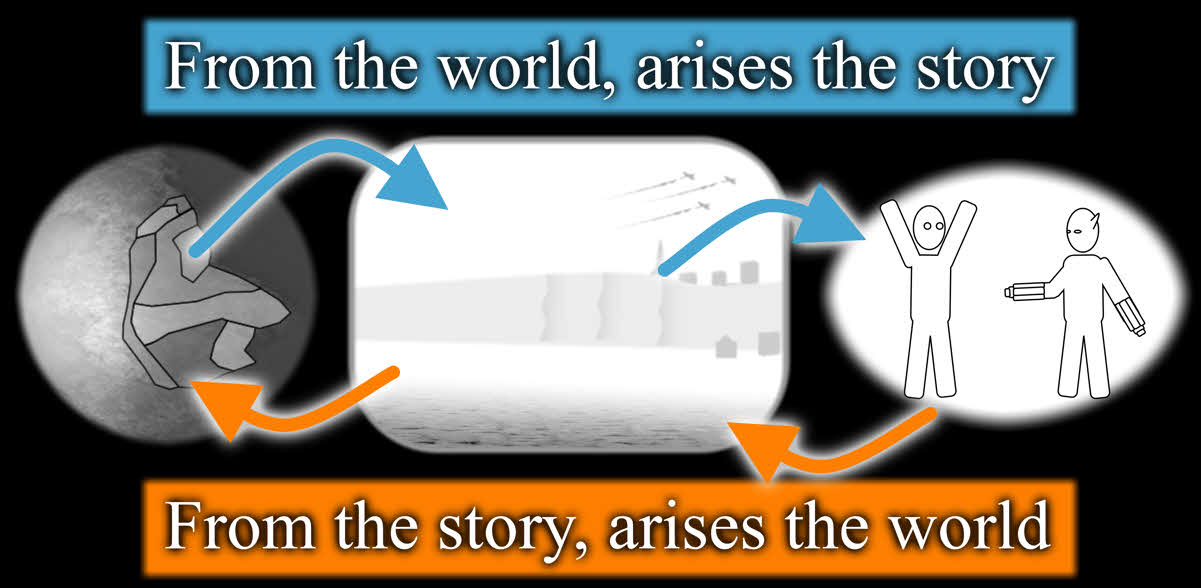
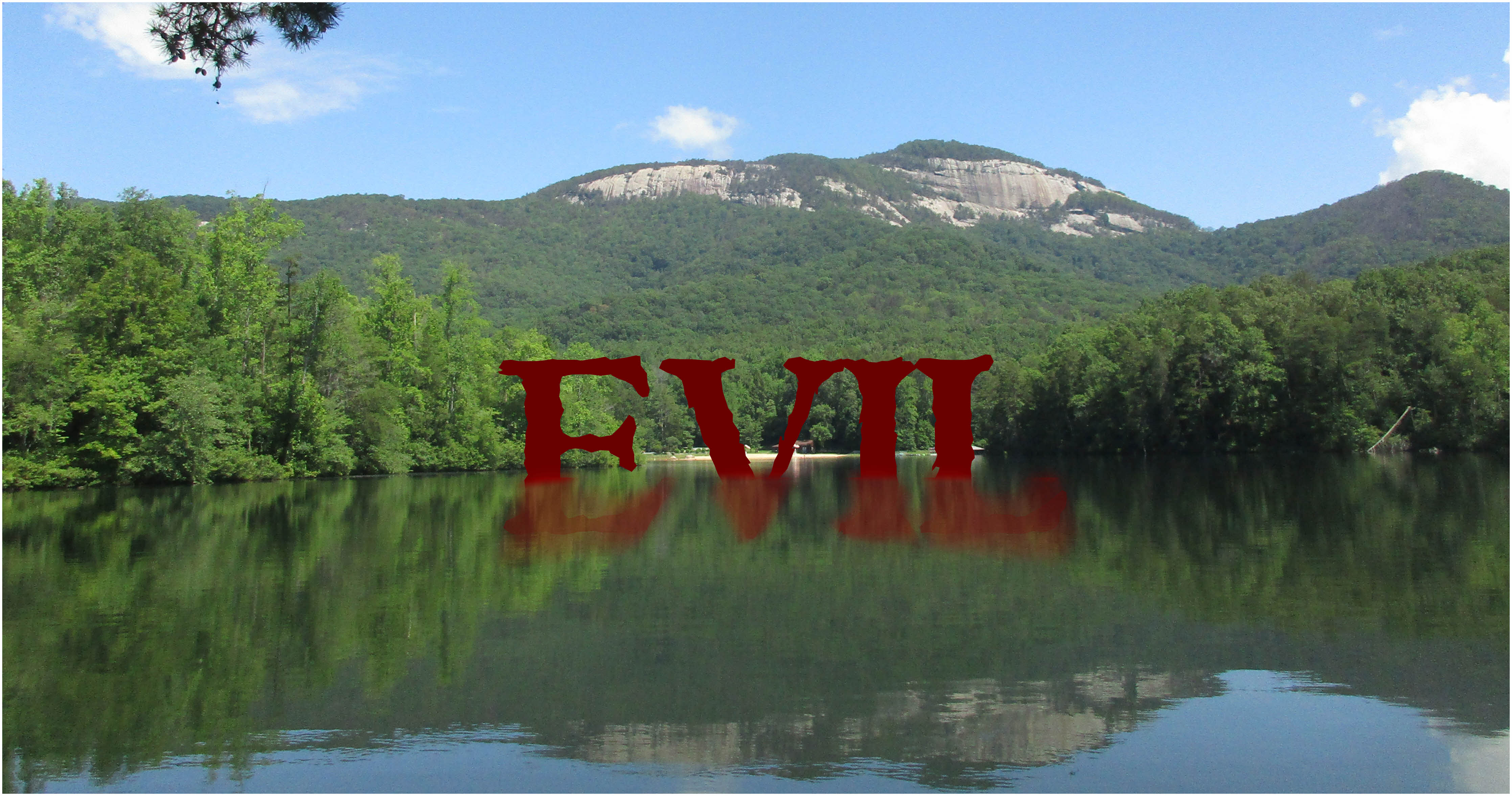


2 Comments
Interesting. Details. Details.
Yeah, at some point a writer must consider the details of life and its cycle. I know that I am still working on the details in my fantasy novel. Thanks for the article!
Timothy